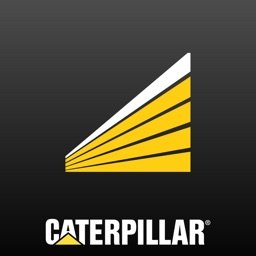Abstract
Lonomia obliqua venom causes a severe consumptive coagulopathy, which can lead to a hemorrhagic syndrome. The crude bristles extract displays a procoagulant activity due to a Factor X and to a prothrombin activating activity. Here, we describe a 69 kDa prothrombin activator serine protease purified from L. obliqua caterpillar bristle extract using gel filtration (Sephadex G 75) and HPLC (C4 column). The purified protein was able to activate prothrombin in a dose-dependent manner, and calcium ions increased this activity. The prothrombin-derived fluorogenic peptide (Abz-YQTFFNPRTGSQ-EDDnp) had its main cleavage site at the Arg–Thr bond. The kinetic parameters obtained for this substrate were Kmapp of 4.5 μM, kcat of 5.32 s−1, and a kcat/Kmapp of 1.2×106 M−1 s−1. The prothrombin fragments generated by the purified enzyme corresponded to the molecular masses of prethrombin 2, fragment 1, fragment 2, and thrombin as seen in SDS-PAGE. The thrombin generated was able to clot purified fibrinogen. The partial amino acid sequence of the purified protein, named Lopap (L. obliqua prothrombin activator protease), showed no similarity to any known prothrombin activator.
Reagents
E-64 (trans-epoxysuccinyl-l-leucylamido-(4-guanidino)butane), prothrombin, ethylene-diaminetetraacetic acid (EDTA), phenylmethylsulfonyl fluoride (PMSF), p-nitrophenyl-p′-guanidinobenzoate (NPGB), and trypsin were obtained from Sigma; H-d-phenylalanyl-l-pipicolyl-l-arginine-p-nitroanilide dihydrochloride (S-2238) and N-α-benzyl-oxicarbonyl-d-arginyl-l-glicyl-l-arginine-p-nitroanilide (S-2765) were obtained from Chromogenix. All other chemicals used were of the highest purity commercially
Purification of the Prothrombin Activator (Lopap)
he purification process included one gel filtration and two reverse-phase chromatography steps. The protein profile of the gel filtration chromatography is shown in Fig. 1A. Only fraction PII presented prothrombin activating activity and was submitted to reverse-phase chromatography, presenting several peaks, which are shown in Fig. 1B. The prothrombin activating activity was detected in the peak eluted with 43% of acetonitrile (Fig. 1B). This active fraction was submitted to a second
Discussion
Accidents by contact with L. obliqua caterpillar bristles cause blood uncoagulability in humans and alterations in coagulation factors related to thrombin that can result in a hemorrhagic syndrome [10]. Procoagulant proteins, such as Factor X and prothrombin activators from animal venoms, are responsible for consumption coagulopathy by fibrinogen depletion [24]. Although the physiologically important activator of prothrombin is the prothrombinase complex, prothrombin can also be activated by
Acknowledgements
This work was supported by FAPESP and CNPq (Brazil) and partially funded by the VW Foundation and SFB 469 (Germany). The authors thank Dr. Maria A. Juliano from Department de Biofı́sica, Universidade de São Paulo-UNIFESP, for substrate syntheses and Reinhard Mentele from Abteilung fur Klinische Chemie und Klinische Biochemie, Chirurgische Klinik, Ludwig-Maximilians-Universitaet, Munchen, Germany, for amino acid protein sequencing.
